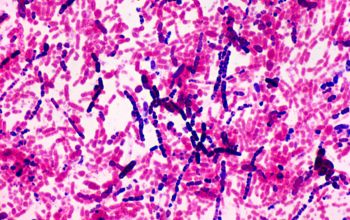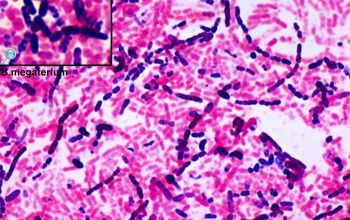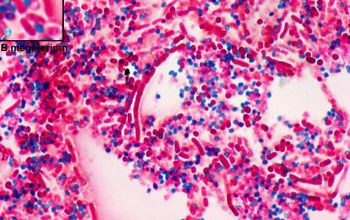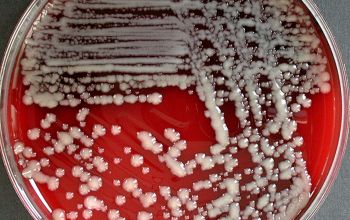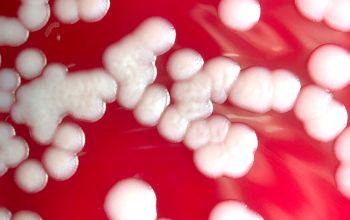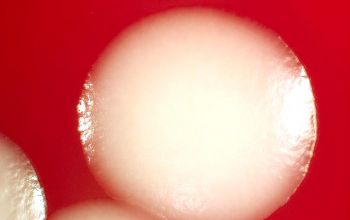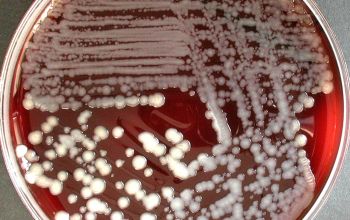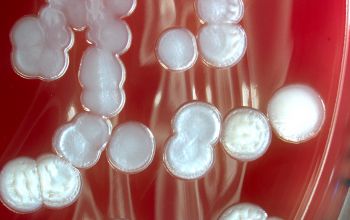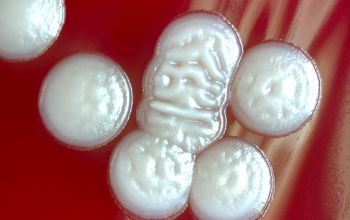Bacillus megaterium (Priestia megaterium)
-
General information
Taxonomy
Family: Bacillaceae
Genus: Priestia megaterium
Formely: Bacillus megaterium
Natural habitats
Spores occur in soil, dust, water and plants.
Clinical significance
Bacillus megaterium generally non-pathogenic, it can occasionally be associated with opportunistic infections, particularly in immunocompromised individuals.
Clinical significance includes:
Infections:
- Rarely, B. megaterium can cause infections such as wound infections, bacteremia, and endocarditis.
- Contamination: It is also a potential contaminant in clinical specimens due to its environmental presence.
Infections are typically treated with antibiotics, but the organism is often susceptible to a wide range of antimicrobial agents.
-
Gram stain
Large Gram positive (variable) rods, with square ends 1.2-1.5 x 2.0-5.0 µm
Greatest cell diameter of a Bacillus species The bacilli tend to occur in pairs and chains
Spore shape: ellipsoidal spherical
Spore position: central, paracentral or subterminal
Sporangia swelling: negative
-
Culture characteristics
-
Obligate aerobic
BA: colonies are large, round, convex, slimy and not hemolytic Colonies may become yellow and then brown or black after prolonged incubation.
Capsule: might be present
BBAØ: no growth
-
-
Characteristics
-
References
James Versalovic et al.(2011) Manual of Clinical Microbiology 10th Edition
Karen C. Carrol et al (2019) Manual of Clinical Microbiology, 12th Edition

